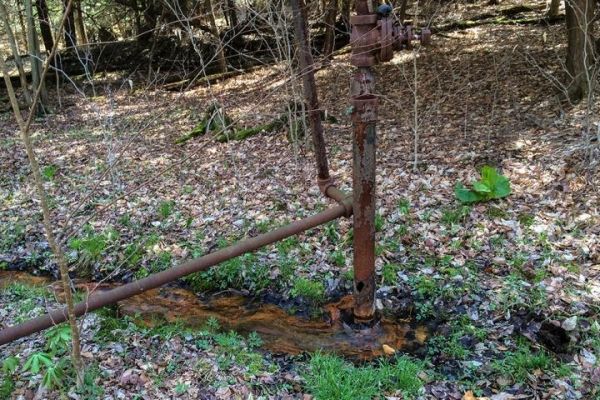Leaking natural gas wells are considered a potential source of methane emissions, and a new nanomaterial cement mixture could provide an effective, affordable solution for sealing these wells, according to a team of Penn State scientists.
“We have invented a very flexible cement that is more resistant to cracking,” said Arash Dahi Taleghani, associate professor of petroleum engineering at Penn State. “That’s important because there are millions of orphaned and abandoned wells around the world, and cracks in the casings can allow methane to escape into the environment.”
When natural gas wells are drilled, cement is used to secure the pipe, or casing, to the surrounding rock, creating a seal that prevents methane from migrating into the shallow subsurface, where it could enter waterways, or the atmosphere, where it is a potent greenhouse gas, the scientists said.
Wells can extend miles underground and over time changing temperatures and pressures can degrade the cement, causing cracks to form. The scientists said repairs involve injecting cement in very narrow areas between the casing and rock, requiring special cement.
Read more at Penn State
Image: Pictured is a natural gas well in Pennsylvania. When wells become damaged or degraded, methane can potentially escape into the environment. Penn State researchers developed a new nanomaterial cement mixture to address this issue. (Credit: PA Department of Environmental Protection)


